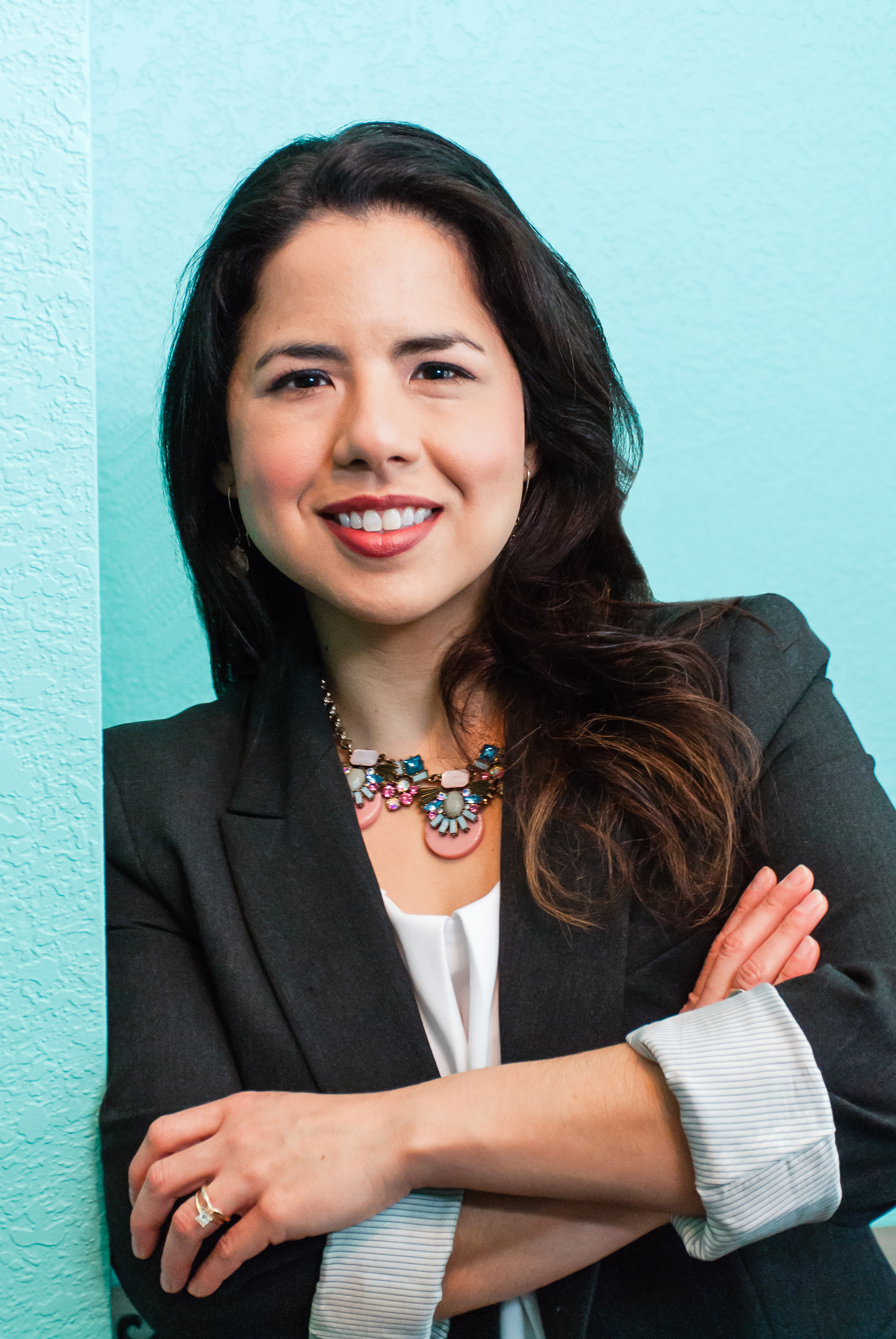Sound Logos Offer Universal Appeal
By Melissa Vela-Williamson, M.A., APR, Fellow PRSA
October 2024
Sometimes, people pay more attention to what’s different about others than what is the same, or what divides us rather than unites us.
I like to offer grace when I experience this, both as a PR professional and as someone who understands that human brains are still wired from the prehistoric age to look for danger outside their in-group. As conversations around DEI shift in popularity, support and sentiment, PR pros should remain focused on work that is unifying and supportive.
My recent travels with OPCOM Media Group CEO Ruben Linder reminded me of how much we can connect with all kinds of audiences using sound. Ruben is a bilingual sound branding expert, audio and video producer, and business owner, who I’ve worked with on multiple projects.
Recently, he toured South Texas with me so we could provide bilingual media relations and public speaking training sessions. I presented in English, and he supported the conversations in Spanish. Together, we tailored each talk to best fit our participants’ needs. Sometimes explaining a concept meant we referred to a sound or a song.
As Ruben and I discussed how connective music is, we talked about brands that use sound logos to connect to their audiences in seconds without relying on language. Here are ways we can use sound to engage audiences in ways that are inclusive, identifiable and impactful.
You have served clients around the world. What cultural preferences seem to exist when it comes to sound?
When we create a brand’s sound, we focus on the brand itself. If the brand has a unique differentiator aimed at directly impacting a specific demographic or evoking a sense of belonging, we incorporate a cultural component.
For example, when we created a sound logo for Frito Lay’s Sabritas Fiesta Mix, which combines four types of spicy snacks, the brand wanted to convey a festive Latin vibe. To achieve this, we integrated elements from Mariachi, Salsa, Merengue and Cumbia in just three seconds.
What is a sound logo? Which brand uses one that we may recognize?
We all know what a visual logo is. How it looks, its colors, fonts, graphics, etc. We see it on TV, shirts, business cards, everywhere.
A sound logo is the same but with audio. Like McDonald’s “PARA-PA-PA-PA,” the bell in Taco Bell or “We are Farmers… PAM, PARA, PA, PA, PA, PAM.”
What goes into your thought process when creating a sound logo?
I begin by gathering the brand guidelines, logos, and any previous radio or TV work. I also ask about the brand’s values, core pillars and target audience. Then, I start to consider the sound itself. Should it be bold, fun, exciting, simple, tech-focused, people-oriented or a mix of these?
From there, I think about the sounds, melodies or elements that will bring the brand’s identity to life.
When should organizations consider creating a sound logo?
Organizations should consider creating a sound logo when they regularly advertise on radio, TV, or video on social media, or when they have enough touchpoints where audio plays a role, like ringtones, in-app sounds, ATMs and more. This is the perfect time to start a conversation about developing a distinct audio identity.
How can we use sound to connect with people regardless of cultural or language differences?
Sound and music are universal languages. Just like the sound of ocean waves is recognizable and soothing across cultures, we can use sound to create connections that transcend cultural and language differences.



